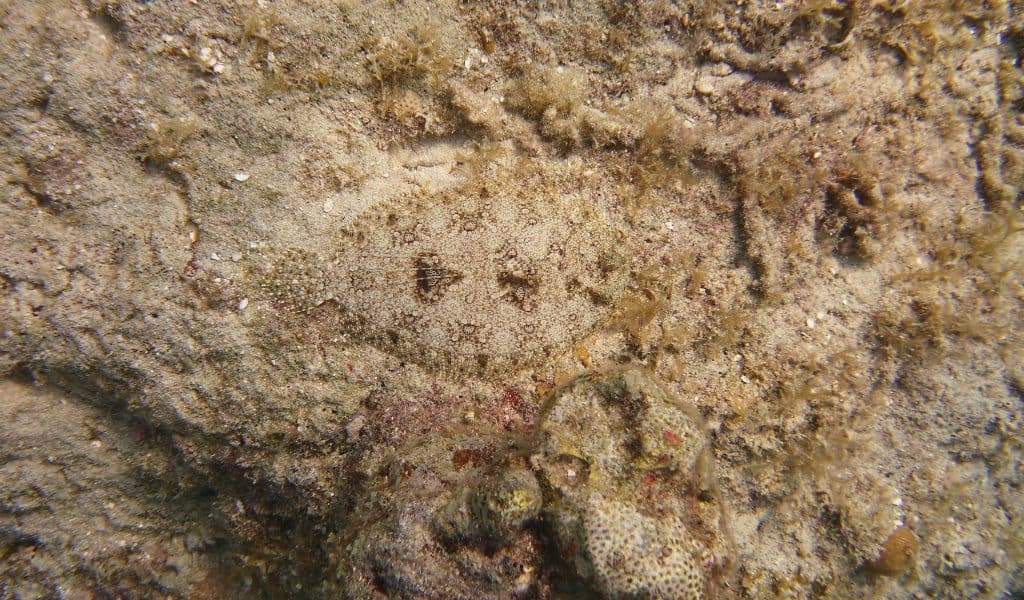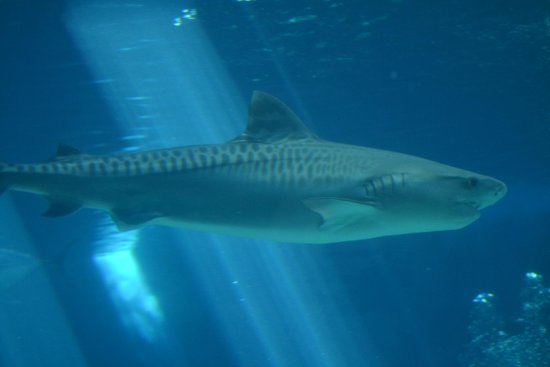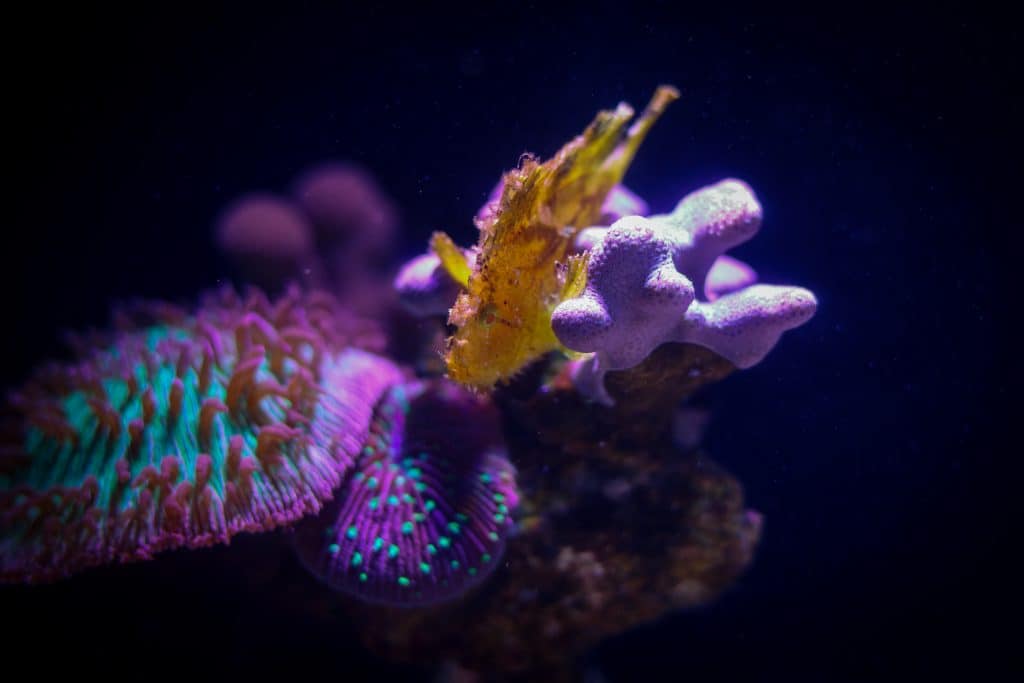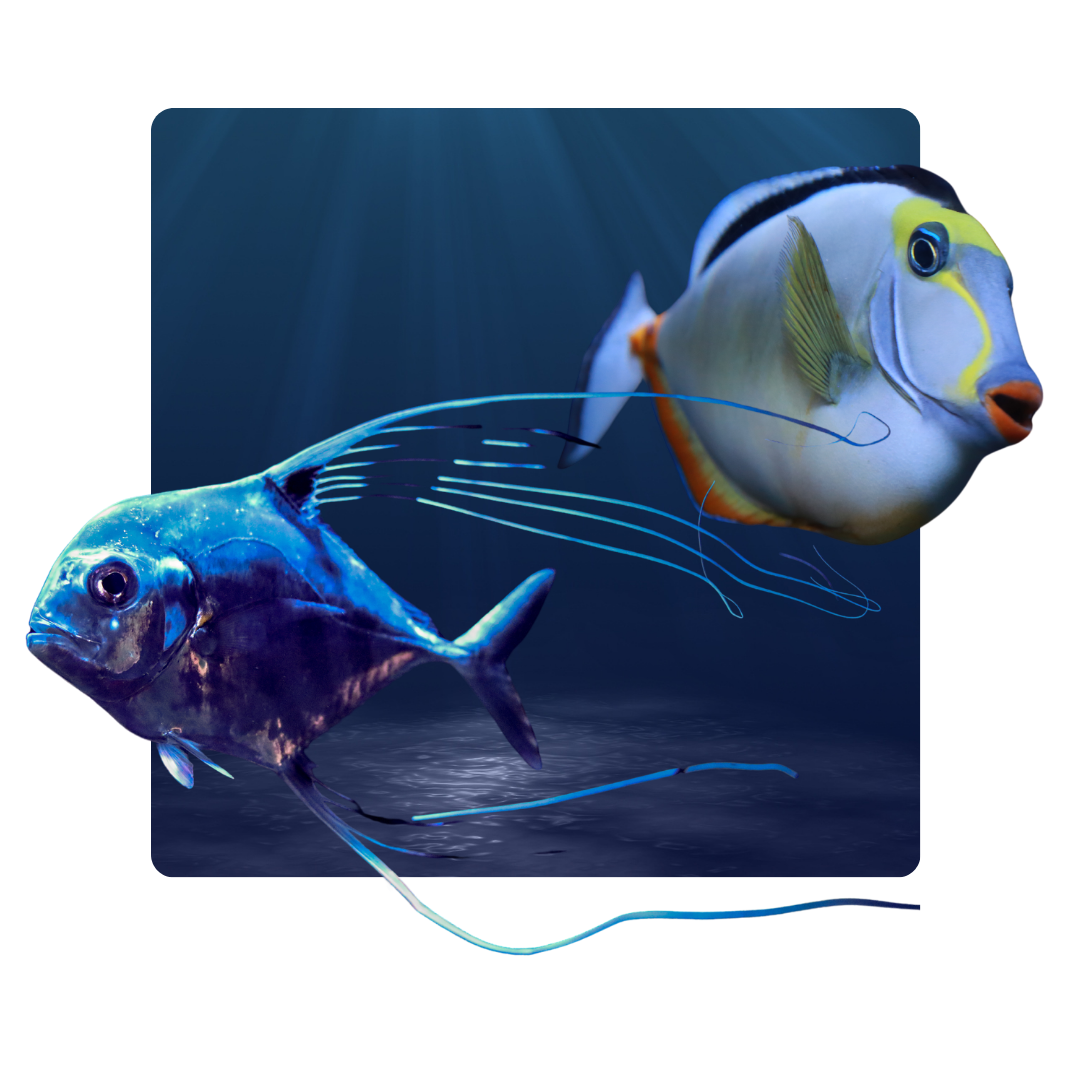Beyond the water’s edge, there is abundant marine life of all shapes, sizes, and colors. If you look closely, you’ll notice many of these animals can cleverly disguise themselves to evade predators or sneakily stalk prey. So let’s dive into some of the hidden talents of marine life found at Maui Ocean Center.

This charismatic cephalopod is first on our list because, really, who is more transformative than the octopus? The day octopus is capable of squeezing into nooks and crannies on the seafloor, and although it’s completely colorblind, it can change color in the blink of an eye. Millions of pigment cells, known as chromatophores, allow this fascinating color change to occur. During the color-changing process, these cells are flooded with pigment, enabling the animal to rapidly react to their surroundings to conceal themselves. And their talents don’t stop there. The day octopus can also change its texture (the fibers in their skin that contract and release to change texture are called papillae), allowing it to effortlessly become one with the ocean landscape.

At first, the image above might appear to be a sandy seafloor. Behold, the talented peacock flounder! This fish can swoop down to the sand at the drop of a hat, instantly concealing its identity and effectively hiding from predators. Flounders also utilize their camouflage abilities when hunting, waiting for the best opportunity to claim their meal. When hidden beneath the sand, these animals will wait patiently with only their eyes exposed. Peacock flounders have “eyelashes” that resemble algae growing on the seafloor. These appendages simultaneously aid in camouflage and luring herbivorous prey searching for food near the sand.

All sharks have built-in camouflage known as countershading. Countershading is a handy tool for pelagic sea creatures, such as sharks, rays, porpoises, and whales. These animals have a darker shade on the top (dorsal) of their body and a lighter or white shade on their underside (ventral side). This provides a clever way for larger animals to disguise themselves from predators looking down at them from above or looking up at them from below. Tiger sharks, however, have an added concealment with their “tiger” striping. Their stripes mimic the movement of the ocean’s surface above them, adding an additional layer to their sneakiness.

Frogfish are undoubtedly curious creatures. These carnivores expertly evade predators by remaining perfectly still amongst similarly textured reef or underwater foliage until ready to strike, and different species are uniquely colored to blend into specific backgrounds. For instance, Commerson’s frogfish are bright orange, which allows them to integrate into identically colored sea sponges, while sargassum frogfish closely resemble limu (seagrass) and hide amongst floating algae. Frogfish are close relatives to anglerfish and share a “lure” with their deep-sea cousins. These lures sway back and forth in front of the frogfish’s mouth to simulate easily catchable prey, attracting their meal closer to them before striking.

You’ll have to look closely to spot a scorpionfish on the reefs. These tricky fish have a built-in disguise that helps them thrive in their environments. Texture, coloration, and their ability to lurk in plain sight help them succeed when hunting their prey. These fish have few predators due to the venomous spines that coat their bodies. Because these fish blend in so seamlessly with coral reefs, it’s imperative not to step on the reef when out snorkeling or diving.
Immerse Yourself in our SEA-News featuring Hawaiʻi’s marine life, inspirational conservation, and glimpses behind-the-scenes.
